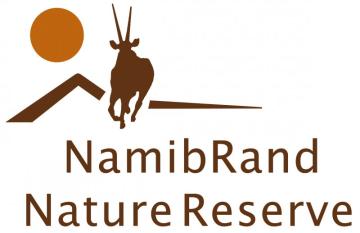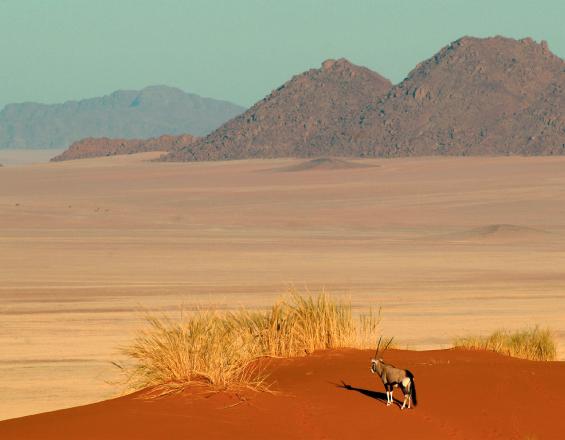
NamibRand Nature Reserve - A model for private conservation
Solution instantanée

Oryx on Dune on the NamibRand Nature Reserve
SR Brückner
The NamibRand Nature Reserve, in South-Western Namibia, offers a successful model for private conservation, which receives no government funding. It is the initiative of private landowners who share a vision and dedicate their land to conservation, governed by Articles of Association. Livestock farming is not permitted, and 15% of the reserve is set aside for wilderness. Landowners receive a small annual land-use fee and have their land centrally managed.
Dernière modification 05 Oct 2020
5008 Vues
Contexte
Challenges addressed
Emplacement
NamibRand Nature Reserve, Hardap Region, Namibia
East and South Africa
Impacts
- 17 former livestock farms have been rehabilitated into a single continuous natural habitat of 214,836.90ha. The 2017 game census indicated that there were 3,200 oryx and 12,400 springbok on the Reserve. These numbers seem high, but are appropriate when taken in the context of the total area of the Reserve
- Low-impact, high quality ecotourism is a means towards sustaining our conservation efforts through park fees. The Reserve has awarded five tourism concessions, which pay a daily, per-bed fee to the Reserve. The funds generated through these park fees enable the Reserve to be financially self-sustaining
- The conservation and advocacy work on the Reserve and the influence of the work undertaken in the larger landscape of our area provides models of best practice that can be shared with the international conservation community. The Greater Sossusvlei-Namib Landscape Association (GSNL, see www.sossus.info) is inspirational as it demonstrates for the first time a true public-private partnership where landowners and custodians of the land are co-managing the landscape for the greater good of the conservation and socio-economic landscape
- In 2012 the Reserve was recogised as an International Dark Sky Reserve (IDSR) by the International Dark Sky Association. NamibRand was granted "Gold Tier" status and became the first IDSR in Africa. See www.darksky.org
Sustainable Development Goals
SDG 13 – Climate action
SDG 15 – Life on land







